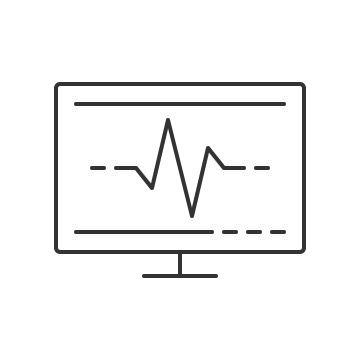SSZT234 october 2020
Health care continues to evolve toward self-treatment and away from in-person appointments. In addition to helping reduce physical contact, new technologies have given the general population unprecedented access to health care tools for self-monitoring and remote treatments. Whether it’s providing mobility to an aging population, helping with infectious disease containment, reducing emergency response times or delivering health care to rural areas, telehealth has become invaluable in times like these.
| Download the telehealth white paper | |

|
Learn about semiconductor advancements impacting the telehealth industry and how to solve associated design challenges. |
In this white paper, I describe newer technological developments that have greatly affected the telehealth and telemedicine industry, along with associated design challenges for both hospitals and homes. These challenges include how to sense vital signs, minimize power consumption, increase accuracy and reliability, improve connectivity, and squeeze features into size-constrained applications.
A version of the white paper was also published on EEWorld.